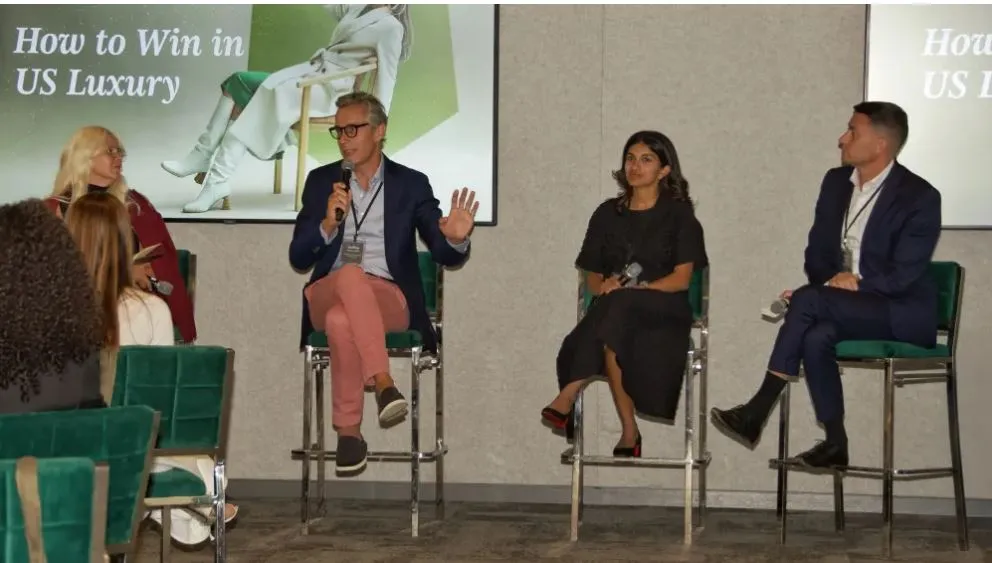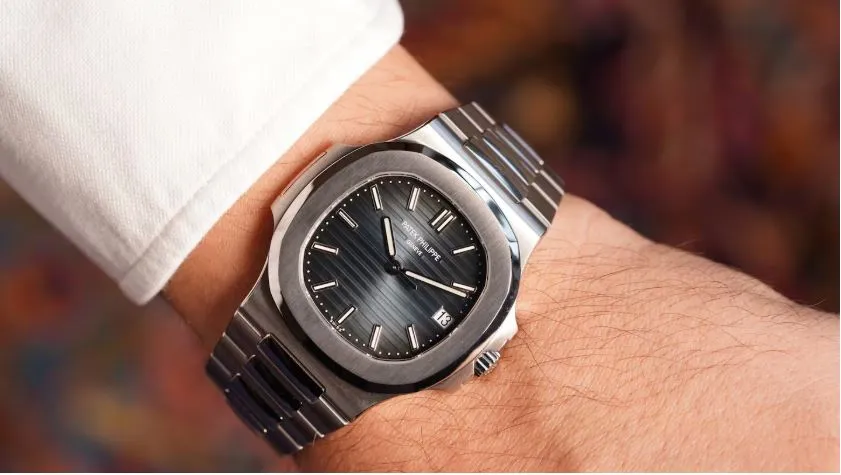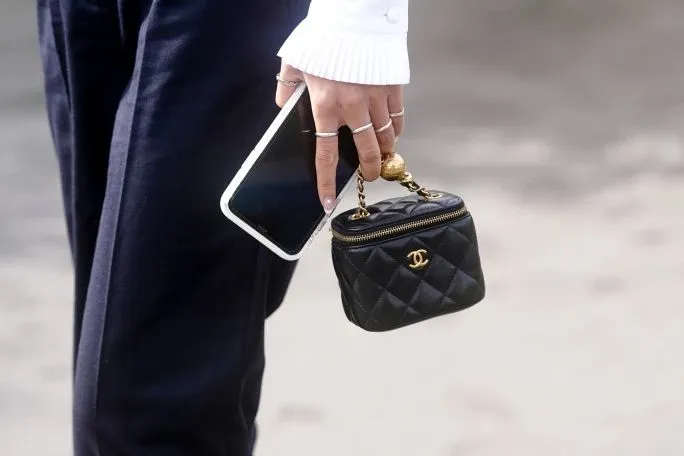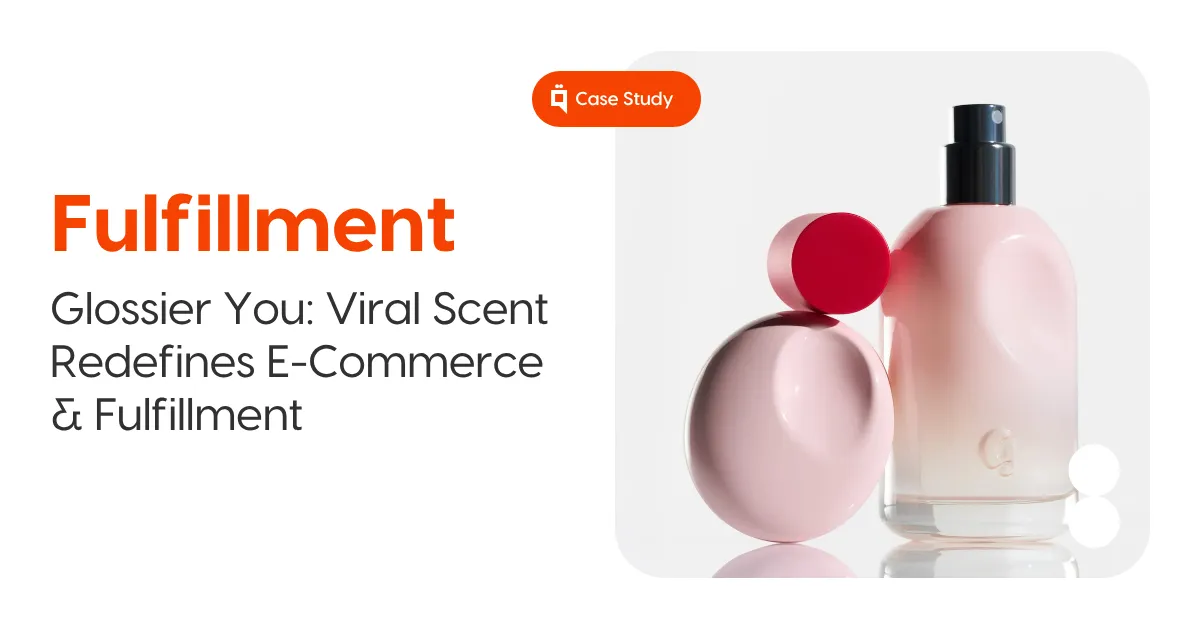Market Update: Holiday Shopping Trends in the UAE and MENA Region | November 2025
Glossier You- How a Viral Scent Redefined E-Commerce Fulfillment and Supply Chain Agility Introduction As the holiday shopping season approaches, both globally and within the UAE and MENA region, consumers are gearing up to make their seasonal purchases. This period is crucial for retailers, both online and in-store, as it accounts for a significant portion of annual […]









